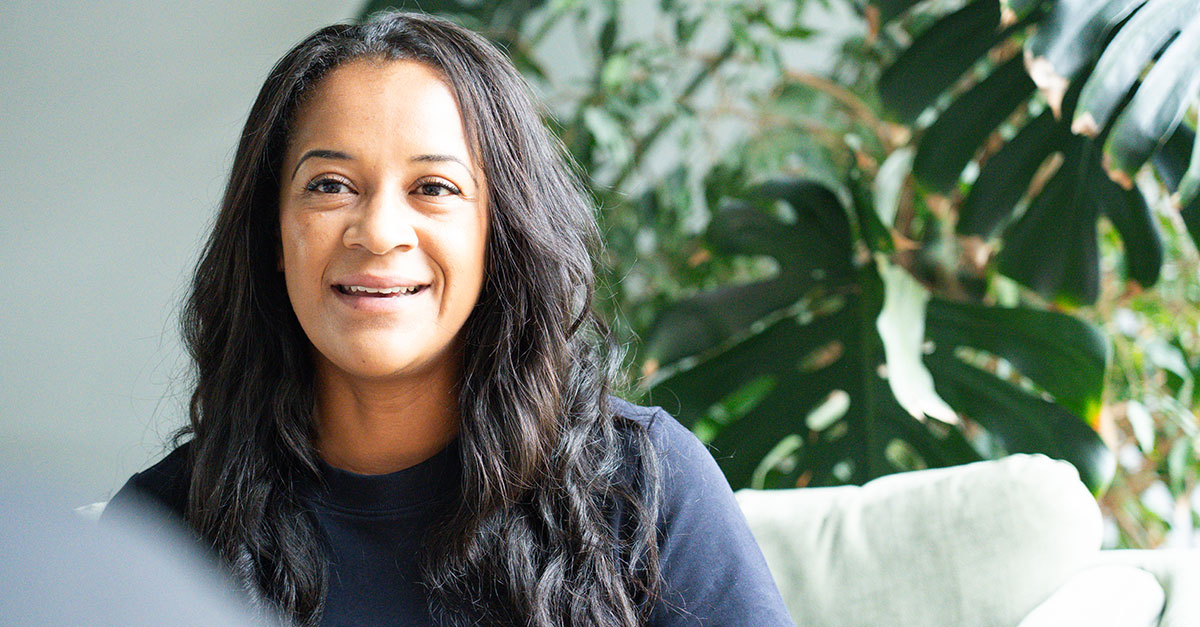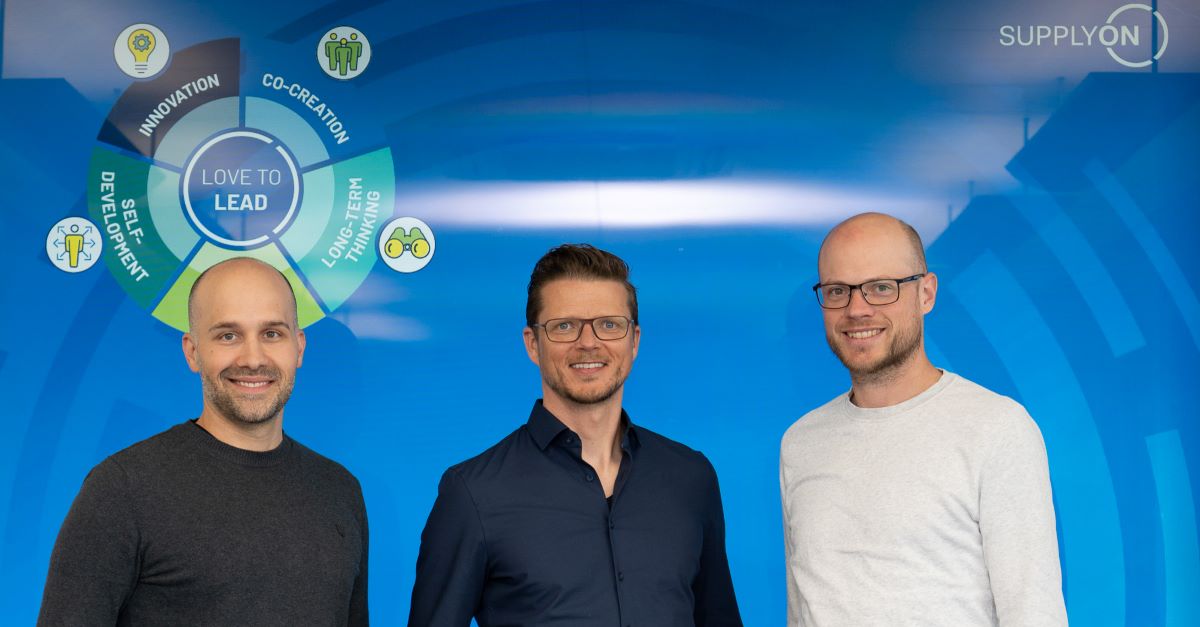Meetings that inspire: Savis and Dominik on designing interactive meetings
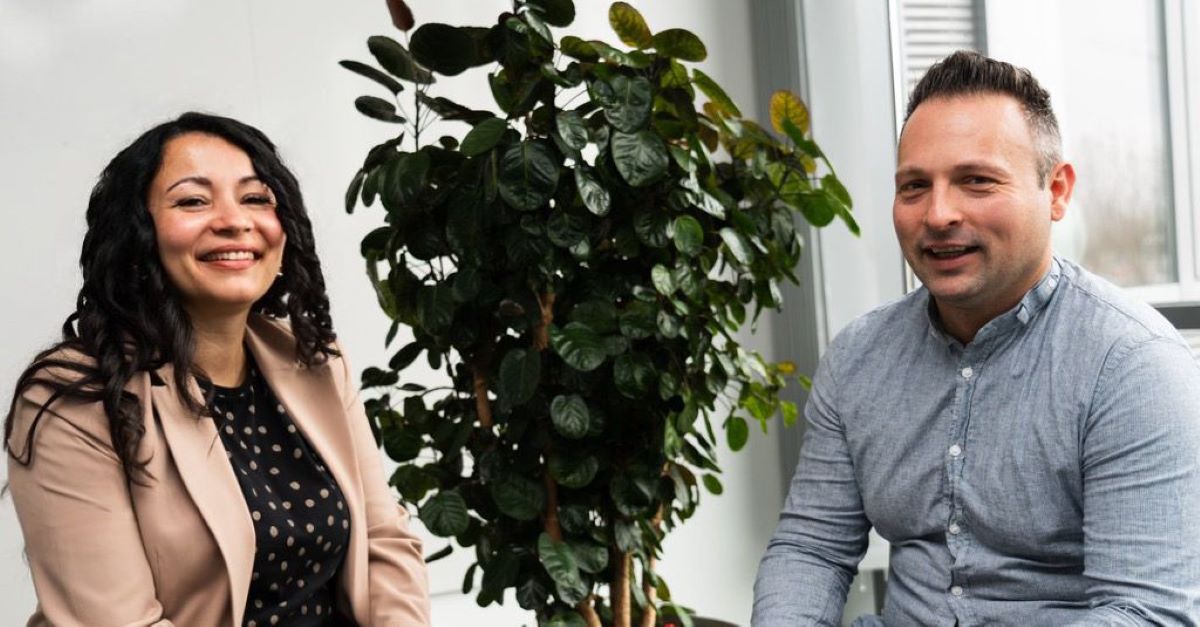
Integrating and activating employees in meetings is crucial to encourage diverse perspectives, creative ideas and valuable feedback. Find out in an interview with Senior Project Manager Savis Konrad, Team P2P and e-Invoicing and Dominik Halamoda, Product Owner in the UX, Supplier Quality Management & Supplier Management Solutions team at SupplyOn, how meetings can be turned into interactive and inclusive platforms for idea generation and feedback by using different methods.
How do you ensure that employees are actively and inclusively involved in meetings in order to promote diverse perspectives and ideas?
Savis: In my experience, precise formulation of expectations and targeted moderation are crucial. By clearly setting expectations at the beginning of the meeting, I can create an appropriate framework, promote interaction and inclusion and express appreciation.
I communicate the meeting topic in advance and explain exactly what my expectations are for the meeting. Depending on the topic and work stream, I sometimes find it more efficient to work together on a draft version rather than starting from scratch.
In terms of interactive discussion, I rely on direct communication. If I notice any reluctance or embarrassment during the meeting, I address the participants directly and ask for their opinion.
This approach promotes effective communication and helps to ensure that meetings are successful and focused.
Dominik: I agree with Savis, the preparation of meetings is particularly important if productive work results are to be achieved in the meetings. For me, this also means providing the participants with information about the meetings in advance so that they can prepare themselves. This makes more introverted colleagues in particular feel more confident about getting involved.
“Individuals and interactions over processes and tools”, from the agile manifesto, is also my motto for successful collaboration. The focus is not on a rigid framework, but on individual appreciation. I try to involve everyone and address them in a targeted manner.
To make this possible, I believe it is important to create a framework that builds trust and makes the meeting feel like a safe space.

You mention psychological safety in meetings. How do you create an environment in which employees dare to share their thoughts and opinions?
Savis: Ensuring a protected environment is the fundamental basis for the success of any exchange. In our department, the established error culture plays a key role as a success factor in creating a framework that promotes open communication. In the event of errors within our team, the focus is not on apportioning blame, but rather on finding solutions together. Both managers and team members work together to analyze the problem and strive for a common understanding of it.
Once an issue has been successfully resolved, we focus on how we can avoid similar incidents in the future. This culture of dealing with mistakes strengthens the sense of togetherness in the team and encourages us to address critical issues. This creates a deep bond of trust that enables us to contribute ideas courageously and share opinions openly.
Furthermore, in such a complex environment with constant changes and different fields of activity, we are aware that we cannot know everything. That’s why we value feedback and the open discussion of concerns. This exchange enables us to complement each other and gain a broader perspective.
Dominik: I can also say that in my role as product owner, I see myself as a central point of contact and try to shield my development team from external influences such as pressure or tension so that the team stays in the flow.
This allows for concentrated and productive work and creates an interactive meeting atmosphere that encourages an open exchange of ideas.
In our meetings, I experience respectful behavior and openness towards other opinions. It’s a good human fit. It goes without saying that this also makes working together fun.
We experience this fun in our meetings and also encourage it, for example through team-building events on the fringes of our PI planning events. This in turn deepens the trust relationship.
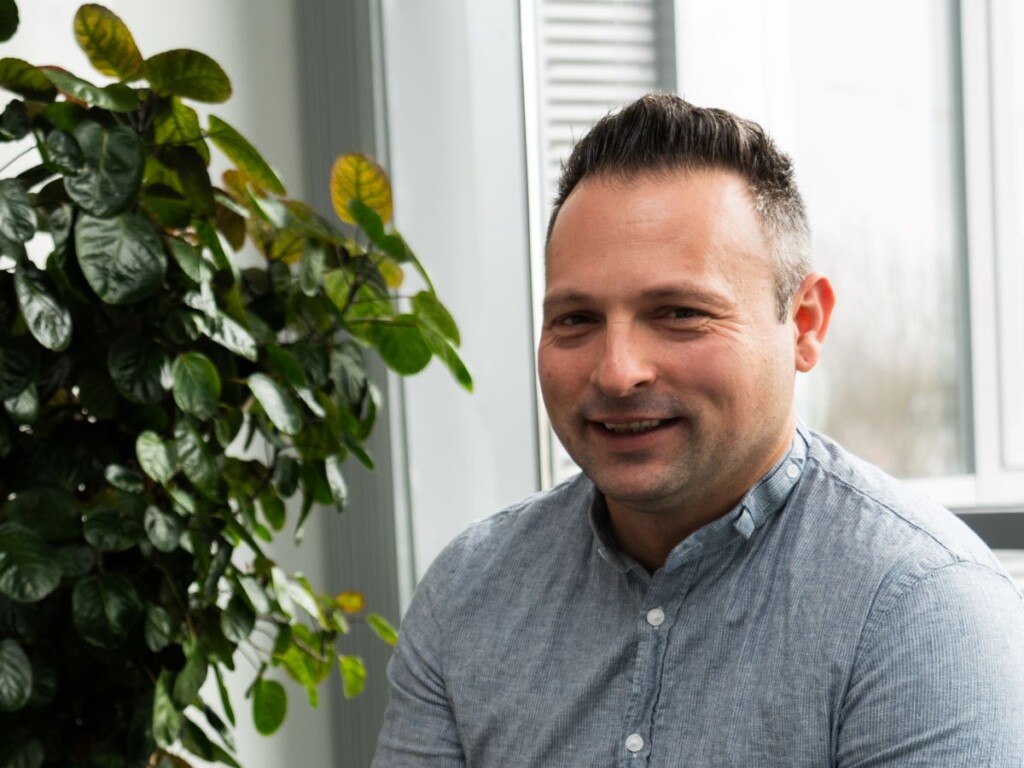
What specific methods do you use to generate creative ideas interactively from your team and turn them into solutions?
Dominik: I like to work with my development team using the Planning Poker method to estimate the effort required to meet customer requirements. In preparation for the meeting, we design the user stories and send them to the team in advance for review. That way, everyone is prepared and we can clarify any questions while playing poker.
We then use a virtual planning poker tool in which the user stories are displayed one after the other. Our agile development team of developers and testers then have 30 seconds, similar to poker, to draw a card with the number of days they think they will need to implement the user story.
If there are differences of opinion within the team, we then check why this is the case. At the end of the process, the team agrees on an average value, an estimate of the effort required that suits the entire team. I find this method particularly inclusive, interactive and very transparent because all team members have their say and share the background to their effort estimates.
I like to write the user stories themselves in the format of the Gherkin scheme so that the three Cs: “Card, Conversation, Confirmation” are fulfilled. The requirement should be written in such a way that it is easy to understand and fits on a card.
Conversation is one of the most important elements. I therefore do not formulate 100% of the requirements so that each team member can help shape and formulate them during the discussion process. This also promotes participation and acceptance within the team. Confirmation means that the acceptance criteria are also clearly formulated, as otherwise acceptance would not be possible later on.
Savis: I achieve the best results in collaborative workshops where I deliberately bring together experts with different experiences and perspectives. The diversity of participants, both in terms of responsibilities and team affiliations (not just product owners, not just developer teams, etc.), has proven to be particularly effective so far.
Diversity opens up the possibility of obtaining a differentiated picture. The different characters and perspectives complement each other. The exchange is particularly fruitful as everyone considers different aspects and sees different challenges.
In terms of methodology, I often resort to classic brainstorming. The starting point varies depending on the participants. Some are most creative when they can brainstorm freely, while others prefer to be guided by an initial proposal. In such cases, I present an incomplete draft as a basis for discussion. Participants can then add their own ideas or make changes. In this way, I have already seen a rough block become a polished diamond.
Dominik: That’s my experience too, Savis. It’s a matter of type. Some colleagues don’t dare to fully express their own suggestions and prefer to use a template to discuss what specifically would have to be different in order to work. Sometimes I receive counter-suggestions that are a much better solution than I could have come up with on my own. Teamwork makes the dream work.
To ensure that the idea generation process in interactive meeting design remains a good experience for all team members, it is important as meeting organizers to be open, accept the team’s suggestions and put your own ego aside.
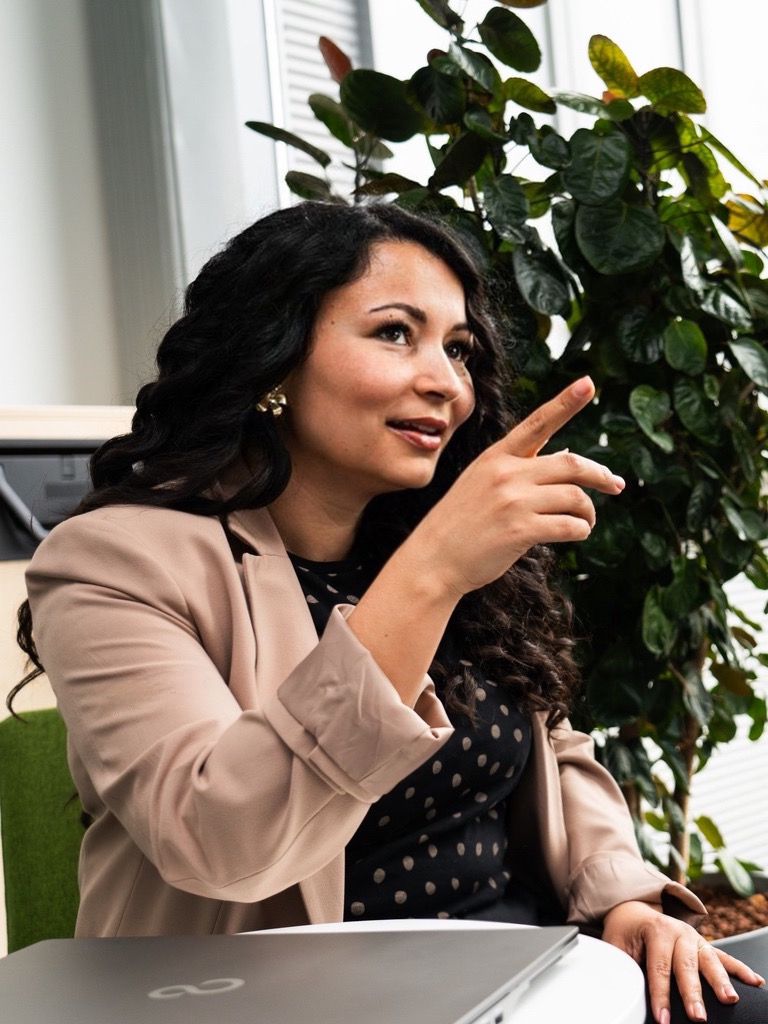
What challenges have you overcome on your way to successfully shaping employee interaction in meetings, and what successes can you share that have come from your meetings?
Dominik: One challenge is, of course, the continuous, inclusive involvement of all workshop participants. Always address the individual participants on a rolling basis. Employee activation does not happen ad hoc, but only over time.
Savis: The challenge is to take limited resources into account across departments and to manage the issue with perseverance and commitment while maintaining high quality standards. Effective work management and positive communication are crucial. Time plays a key role and perseverance is essential.
Another challenge is to create space for innovation and creativity in daily business, which requires conscious time management. Planning and conducting meetings, reviews and coordination sessions is a time-consuming task, and successful time management is crucial.
Successes can be seen in the dovetailing and networking of different subject areas as well as in the reduction of silos through meetings in different compositions. This was particularly helpful in developing a more comprehensive understanding.
Dominik: By using interactive methods such as the Planning Poker described above or the three Cs, the meetings within our Scrum sprints are productive and inclusive, the requirements are formulated more clearly for everyone and the effort estimates are more realistic. This promotes satisfaction in our teams and that is definitely a success.
What tips do you have for other teams and employees who want to implement your methods and approaches in their own meetings in order to make meetings similarly interactive?
Dominik: Be open to criticism and feedback!
Savis: Despite a busy working day, it is important to allow enough time for preparation and follow-up to organize interactive meetings and to promote a culture of shared learning. The exchange brings great added value.
To the meeting participants: Asking questions is by no means unintelligent; on the contrary, they help to improve the overall outcome.
It is crucial not to rest on your laurels, but to always strive for innovation. Convince yourself that change is possible despite limited capacity or budget constraints, and your decision to do so can pave the way for change.
Would you like to work for an employer where meetings are designed to be inclusive and interactive using modern methods? Go to our job advertisements: Jobs at SupplyOn

